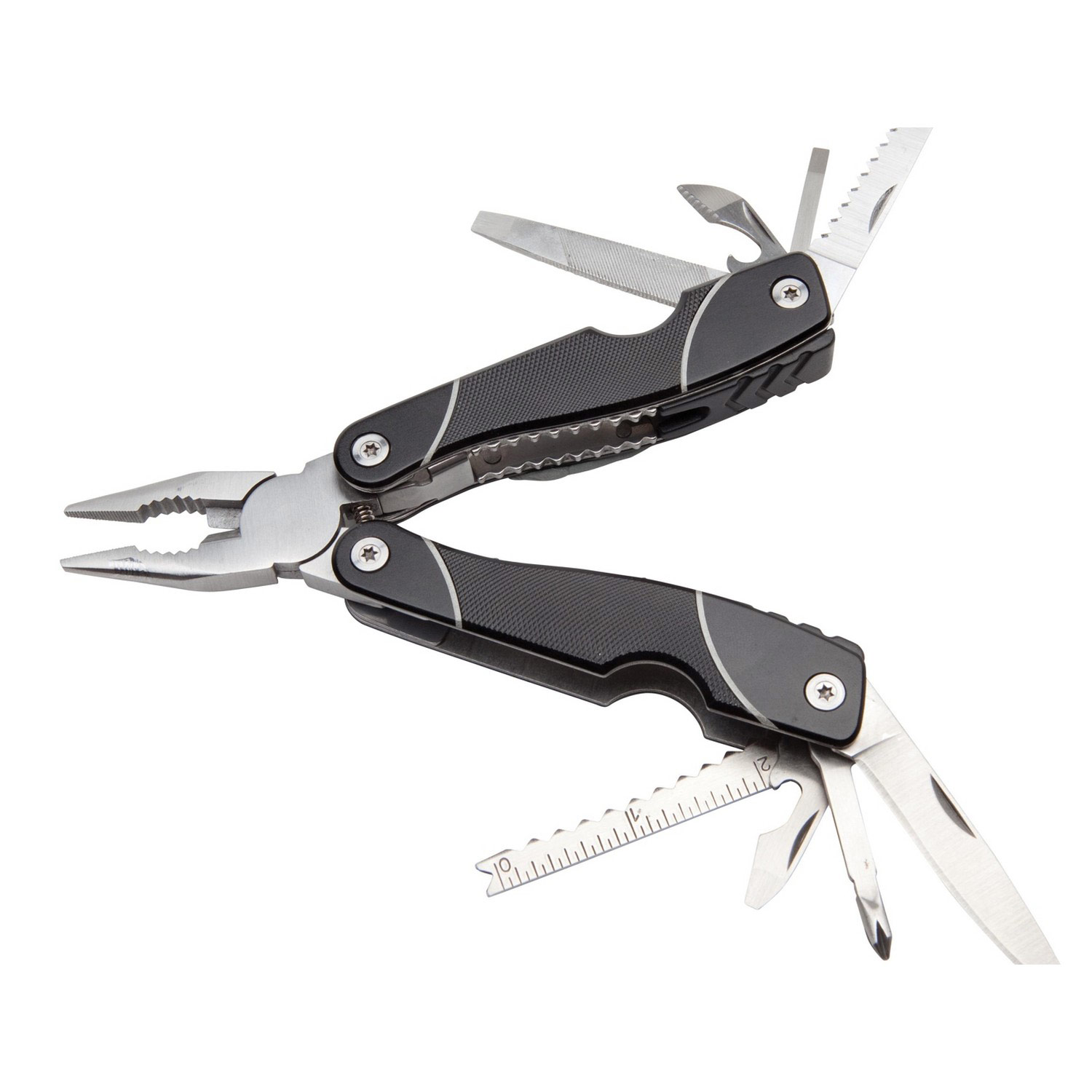

OMNI TOOLBOX SOFTWARE
However, these subject matter experts were not necessarily formally trained software developers and did not keep an eye on the extensibility of the models. These tools were developed by domain subject matter experts targeting a specific problem and work well within their respective problem domains. A few include MuSES 1 and Georgia Tech Simulations Integrated Modeling System (GTSIMS) 2 for IR sensor characterization, Benchmark and SPAM 3 for RF sensor characterization, and AFSIM 4 and Joint Strike Force Simulation Environment (JSE) 5 for larger scale simulations. Over the years, many models have been developed to address sensor characterization in the context of the larger engagement problem. The M&S environment must therefore be able to support models derived from, developed for, or anchored against the experimental conditions. M&S cannot stand alone it must still rely on these tests for validation of models and results. M&S provides a means to explore the sensor characterization and performance problem domain under a wider set of conditions than can be realized for field tests.

The challenge with this is these results cannot always be readily or easily transferred to a different set of weather conditions or flight patterns. When one has completed a field test for IR or RF sensor characterization or performance, one has results for a particular weather condition and set of passes. This is particularly true for infrared (IR) and radio frequency (RF) sensor characterization and performance studies where field tests are expensive and highly constrained in their potential timing. This paper presents GHOST and the status of the current effort to provide a true multi-spectral, multi-sensor, and multi-actor M and S environment through simulation of scenarios with combined IR and RF sensors operating in a common environment.Ī main purpose of modeling and simulation (M&S) is to provide a synthetic sand box in which scientific and engineering research can explore a problem domain under a wider variety of conditions than are available for experimental setups. For multi-spectral IR and RF simulations, the General High-Fidelity Omni-Spectral Toolbox (GHOST) has been built on the DMISE framework to allow for integration of models across the electromagnetic spectrum. These factors led to the development of the Dynamic Model Integration and Simulation Engine (DMISE) which provides a flexible and extensible framework for integration of different models into a common simulation by defining the interfaces for the simulation components. Attempting to combine the two modalities through integration of existing M and S tools specific to each application domain has historically proven nigh impossible. A prime example of this effect is the development of infrared (IR) and radio frequency (RF) models, which have different large scale phenomenology and have, therefore, developed as separate M and S domains. Furthering this difficulty is that the models have likely developed disparate concepts of the world in which they operate. When a future application requires interaction of multiple M and S approaches that have developed independently, it is difficult, if not impossible, for the models to integrate into a common environment.

Typically, models are developed for a single application area where they tend to become domain specific as the complexity of a single model grows. One major struggle for modeling and simulation (M and S) over the past decades has been the development of individual models in isolation.


 0 kommentar(er)
0 kommentar(er)
